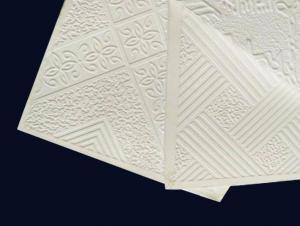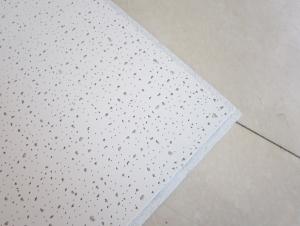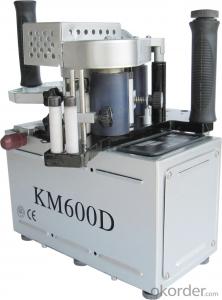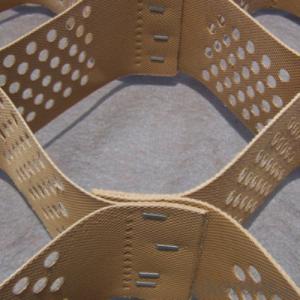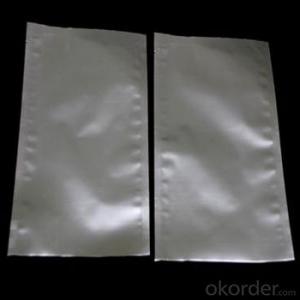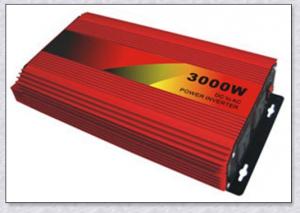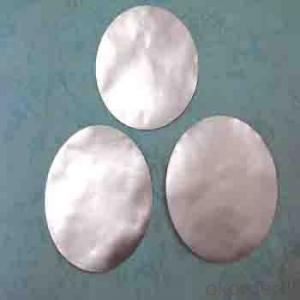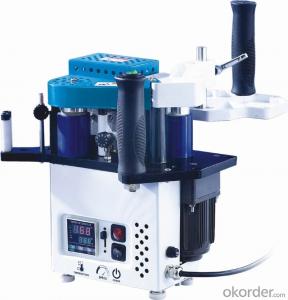Cost Of Solar Edge Inverter
Cost Of Solar Edge Inverter Related Searches
Shiny Or Dull Side Of Aluminum Foil For Cooking Inverter For 100w Solar Panel Solar Panel Inverter For Rv Pvc Tiles For Walls Wall Lights For Bedrooms Inverter Ac With Solar Panel Solar Panel With Inverter Kit Solar Panel Kits With Inverter Solar Panel With Inverter Direct Roving For PultrusionHot Searches
Solar Edge Inverter For Sale Fiberglass Scaffolding For Sale Fiberglass Panels For Sale Fiberglass Greenhouses For Sale Type Of Scaffolding With Pdf Solar Inverter With 2 Battery Pedestal Fan With Water Spray Price Mini Inverter With Battery Online Shopping Solar Edge Inverter Price Ceiling Fan Lowest Price Solar Edge Inverter Sizes Type Of Inverter For Solar Price Of Shipping Containers For Sale Types Of Inverter For Solar Used Sandwich Panel For Sale Bags Of Cement For Sale Pvc Chairs For Sale Tilt Panel Props For Sale Types Of Temporary Side Panels For Cement Deck Cost Of Awnings For DecksCost Of Solar Edge Inverter Supplier & Manufacturer from China
Okorder.com is a professional Cost Of Solar Edge Inverter supplier & manufacturer, offers integrated one-stop services including real-time quoting and online cargo tracking. We are funded by CNBM Group, a Fortune 500 enterprise and the largest Cost Of Solar Edge Inverter firm in China.Hot Products
FAQ
- Yes, a solar inverter can be used with a three-phase electrical system. In fact, many solar inverters are designed to work with three-phase systems. These inverters are capable of converting the direct current (DC) generated by the solar panels into alternating current (AC) that can be used by the three-phase electrical system.
- Yes, solar inverters can typically be used in areas with high temperature fluctuations. Most modern solar inverters are designed to operate within a wide temperature range, allowing them to function properly even in environments with significant temperature variations. However, it is always important to consider the specific temperature range mentioned in the inverter's specifications to ensure optimal performance and longevity.
- Yes, solar inverters do produce some noise emissions, although the level of noise is generally very low. The noise is primarily generated by the cooling fans and internal components, but it is usually not significant enough to cause any major disturbances.
- A solar inverter handles grid frequency deviations by continuously monitoring the frequency of the electrical grid. If the grid frequency deviates from the standard frequency, the inverter adjusts its output frequency accordingly to maintain synchronization with the grid. This ensures that the solar power generated by the inverter is in phase with the grid frequency, allowing seamless integration of the solar power into the grid system.
- Yes, a solar inverter can be used with different types of power factor correction devices. Power factor correction devices are designed to improve the power factor of electrical systems and reduce reactive power. Solar inverters convert the DC power generated by solar panels into AC power that can be used in the electrical system. The power factor correction devices can be installed in conjunction with the solar inverter to improve the overall power factor of the system and enhance its efficiency.
- A solar inverter synchronizes with the electrical grid by constantly monitoring the grid's voltage and frequency. It adjusts its own output voltage and frequency to match those of the grid, ensuring seamless integration and safe operation. This synchronization process allows the solar inverter to feed power into the grid and maintain grid stability.
- A solar inverter is connected to the solar panels through a direct electrical connection. The DC (direct current) electricity generated by the solar panels is fed into the inverter, which then converts it into AC (alternating current) electricity suitable for use in homes and businesses.
- Yes, a solar inverter can be used with a solar-powered electric vehicle charging station. The solar inverter converts the DC (direct current) electricity generated by the solar panels into AC (alternating current) electricity, which is required to charge an electric vehicle. By using a solar inverter, the solar-powered electric vehicle charging station can efficiently convert and deliver the electricity generated from solar panels to charge electric vehicles.









